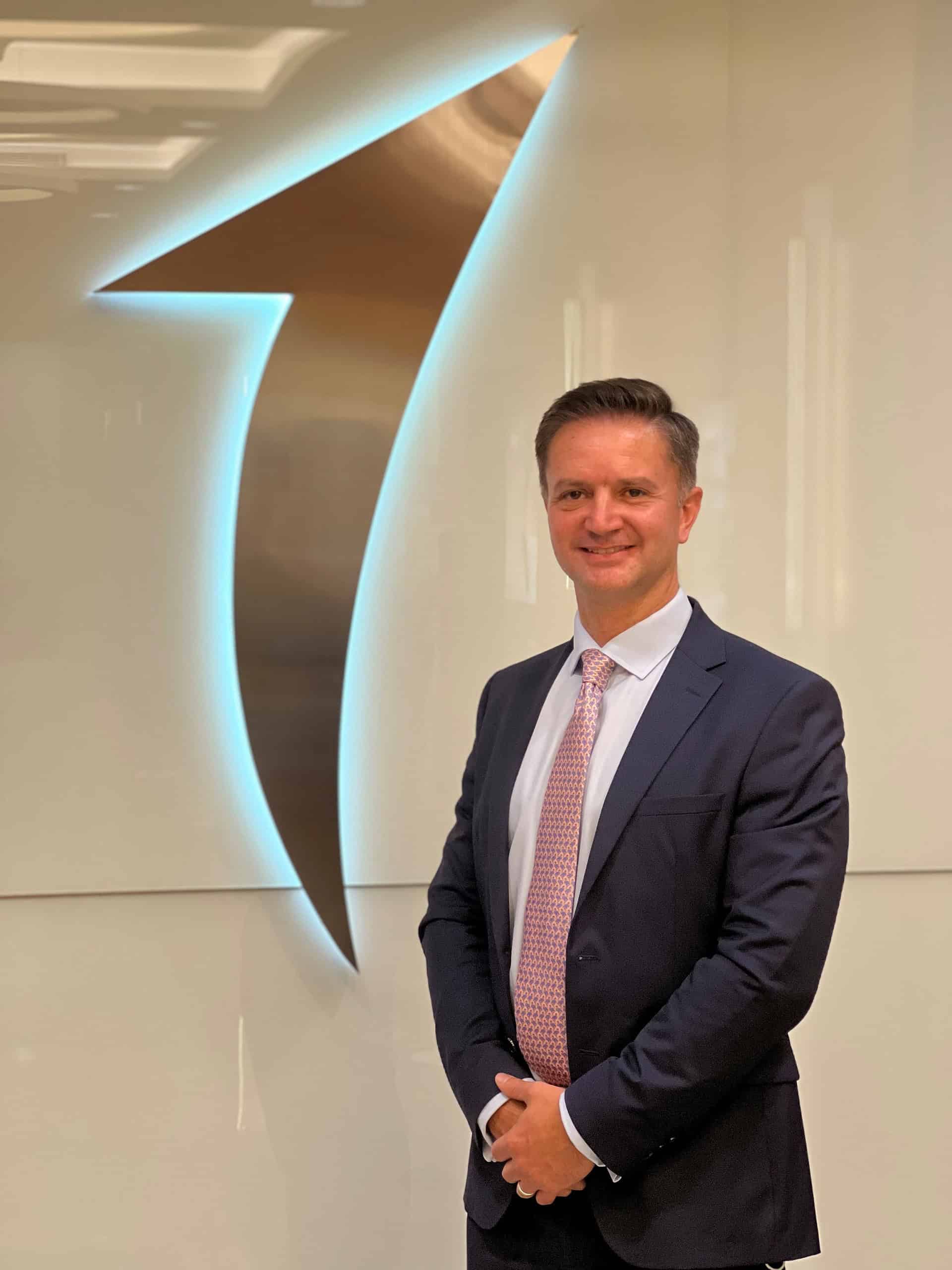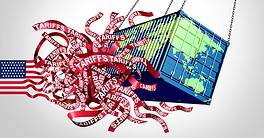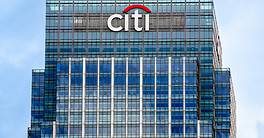Emerging markets are wildly diverse, and keeping track of the latest trends is often daunting.
Luckily, Matthew Adams has at least two decades worth of expertise guiding him with each new policy shift and market shakeup. His resume includes various senior roles at major firms like State Street, HSBC, Northern Trust and BNP Paribas.
By 2022, Adams arrived at First Abu Dhabi Bank (FAB) where he oversees the bank’s international client base of global custodians, broker dealers and private banks.
Adams provided Global Finance with some insight on sub-custody services, his approach to client management, and the complicated nature of modern securities services. The interview has been edited for length and clarity.
Global Finance: What are the latest trends in sub-custodianship?
Matthew Adams: Sub-custodians are experiencing different trends based on regional factors, local economies and regulatory environments. There is often a disparity in how individual markets can keep pace with infrastructure developments. In the GCCE [Gulf Cooperation Council and Egypt] markets where FAB provides sub-custody services, we see a range of models. Some operate on a broker clearing model, while others have transitioned to true delivery versus payment and central counterparty [CCP] clearing models. This diversity presents a significant challenge as global investors seek uniformity in trading venues. Intermediaries and global institutions are looking for regional consistency in partnerships which can drive substantial commercial opportunities. One notable development is the emergence of the General Clearing Member [GCM] initiative. This allows international broker dealers to become remote trading members of the local exchanges.
GF: How does that help?
Adams: There are multiple benefits to this. It eliminates the need for a local presence and the requirement to transact via a locally licensed broker. Direct connectivity with the exchanges is established to enable trading on both proprietary and client accounts using a licensed custodian clearing member. However, for the global broker community to move away from using established local broker relationships in multiple markets, we will likely need to see a standardized GCM concept across markets, with CCPs in place. The Abu Dhabi Securities Exchange and Dubai Financial Market are expected to go live in 2024, with the Securities Depository Centre Company [EDAA] in Saudi Arabia [owned by Tadawul] following in the future, promising wider adoption thereafter. To achieve post-trade efficiencies and foster commonality in post-trade processes, regional custodians can harness developments in infrastructure to reduce costs and improve overall market efficiency.
GF: Any advice for investment managers when selecting a global custodian?
Adams: The ultimate benefits of appointing a global custodian are efficiency, risk mitigation and cost savings—all captured under one contract. When selecting a global custodian, it is essential to review their due diligence policies with respect to the appointment and maintenance of sub-custodians, as well as their contingent and dual-network operations. Corporates, pension fund trustees and boards of directors should consider these aspects.
GF: Do corporates ever have a say in selecting sub-custodians?
Adams: It’s ultimately up to the global custodian to select and manage sub-custodians. What we do see is that many global custodians, in addition to running dual and/or contingent networks, may appoint an additional sub-custodian at their clients’ request. This typically occurs if the client is of a size and relationship that warrants such a request and has due cause for concerns regarding a particular sub-custodian, whether those concerns are related to risk or competition.
GF: Why are more companies seeking opportunities in emerging markets?
Adams: Many companies are looking to expand into these markets and rightfully so, when you consider the number of untapped opportunities. Many of the more successful markets in the region have a few things in common, such as having a relatively wealthy population—both domestic and foreign—large reserves of capital and most importantly, strong leadership.
To provide some context on why there is more demand in emerging-market expansion, all GCCE markets are currently classified by various metrics as emerging markets. However, each is in a different stage of development. Some, such as the UAE and Saudi Arabia, achieved significant economic progress in recent years. For example, Saudi Arabia’s stock exchange, Tadawul, has risen to take its place among the top exchanges globally since its founding 17 years ago. The market continues to expand and diversify, with around 40 IPOs in the last 12 months alone. However, it remains heavily concentrated in traditional oil stocks, with Saudi Aramco being the only Fortune 500 company in the region.
GF: What are some of the growth drivers?
Adams: Some of the factors driving growth in emerging markets include engagement with the market, pension fund reforms and a growing domestic investment fund industry.
Strong local or regional financial institutions and service providers can engage with the markets and push for solutions in line with international investor requirements. Many GCC markets have seen a surge in IPOs — the majority of which have been vastly oversubscribed.
Regarding pension fund and saving reforms: The UAE is changing the existing end-of-service benefit, which will divert capital investment into domestic mutual funds. This move will shift multiple billions of dollars from what is effectively an accounting liability into the capital markets in the first year.
A growing domestic Investment Fund industry supports further capital investment, employment, and greater efficiency in relation to capital markets. In the UAE, there is a move to mandate for onshore licensed funds to act as feeders to what is currently and largely a distribution market for offshore funds.
Progressive regulatory reforms are also driving growth. We expect that Saudi Arabia, the largest domestic fund industry in the GCC, to require independent fund administrators to calculate NAVs—a market standard in the larger global fund markets. This will bring further comfort to investors and lead to additional investment in listed securities.
The ability for sub-custodians to keep up with and manage these regional changes to facilitate clients’ entry into these markets is paramount. This is where institutions like FAB can play a pivotal role in assisting across the spectrum of the regional markets which are our “home” markets, promoting interoperability and consistency to increase accessibility and ultimately boost investor confidence.




